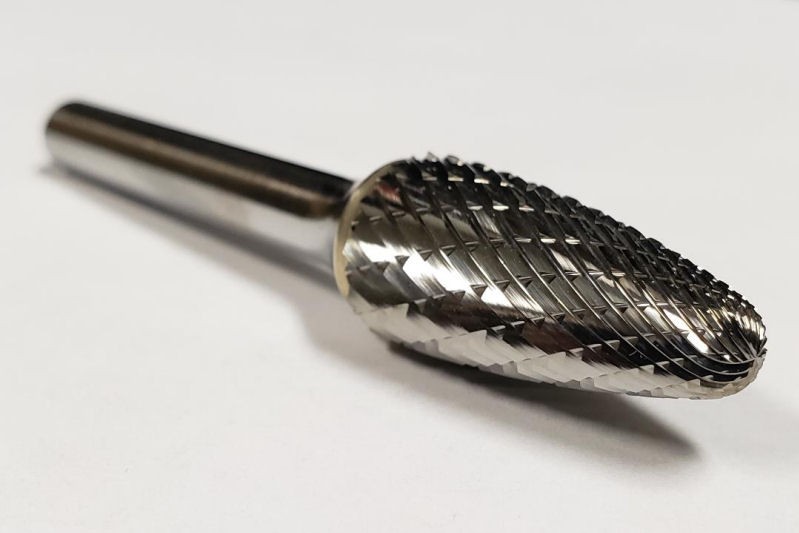If it wont sharpen with the ceramic.
Ceramic vs carbide diff balls.
Not back and forth.
These 5 64 2mm ceramic diff balls are commonly used team associated rc18.
Ceramic balls are usually made of following materials.
Price is for one ball.
The silicon carbide reinforcements of these ceramic inserts are often referred to as whiskers because they resemble small hairs when examined under a microscope.
Check e bay for a good price on the kits about 33 shipped.
We definitively address the debate of tungsten carbide vs ceramic rings.
If the blade is not damaged.
In other words your diff will be smoother and last longer due to the balls not deforming and causing havok to your rings.
Pull back about 3 to 4 times.
But the carbide balls in the ae kits are worth the 4 8 price difference.
3 16 or 4 762mm ceramic balls made from pure silicon nitride.
Ceramic bearings vs steel bearings ceramic materials offer superior corrosion and heat resistance higher dimensional stability and lower density which facilitates high speed.
Only go the same direction with the blade.
Color weight hardness laser engraving gradual.
Each ball is over 1000x more round than the best steel bearing of any type grade or benchmark.
Then use the carbide first to repair recut the blade.
If carbide is around 2 600 vickers hv think of it as roughly.
To find out more about ceramic inserts and especially how their application in metalworking differs from carbide inserts we talked to keith smith manager marketing and international.
Used in precision applications including in bicycles or anywhere where high strength low friction low rotational mass and high speed is required.
Price is for 10 balls as shown.
These 3 16 ceramic balls will fit most bicycle front hubs and some headsets.
Ceramic and carbide are very similar in the fact they are both sintered materials just the base and binder are different depending on their application or use.
You simply want to use the ceramic only.
Though we offer both tungsten carbide and ceramic rings in our store they are quite different and vary in a few key areas all of which will be addressed in detail including.
What the differences are which material better suits your personal lifestyle and tastes and more.
Silicon nitride sin4 alumina oxide al2o3 zirconia oxide zro2 silicon carbide sic because ceramic is a glass like surface it has an extremely low coefficient of friction and is ideal for applications seeking to reduce friction.
Then use the ceramic for final sharpen.
Well now hang on there.

